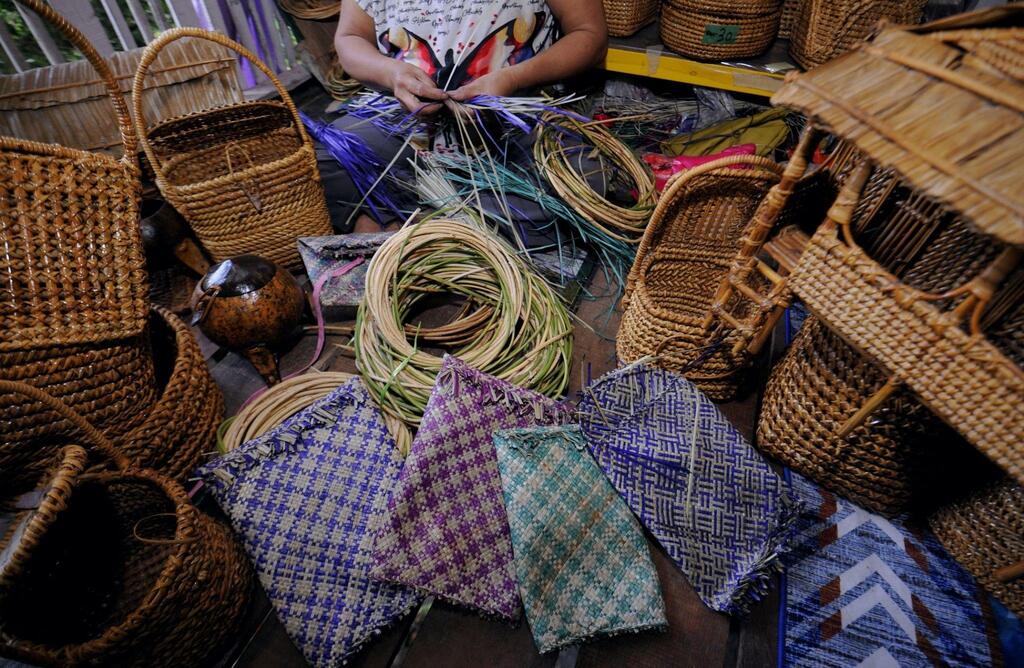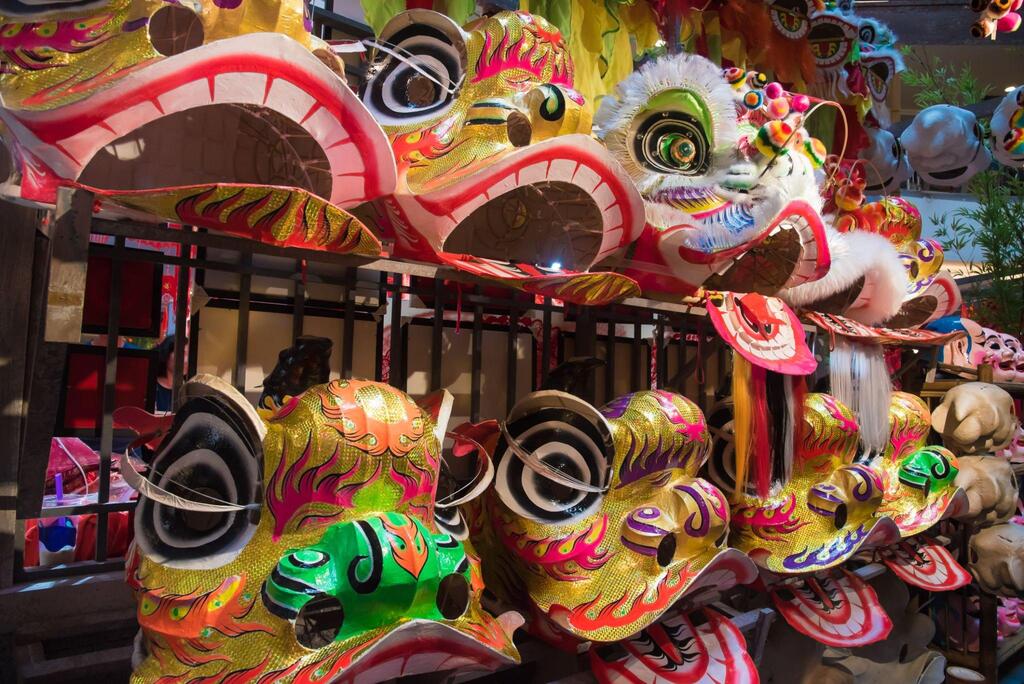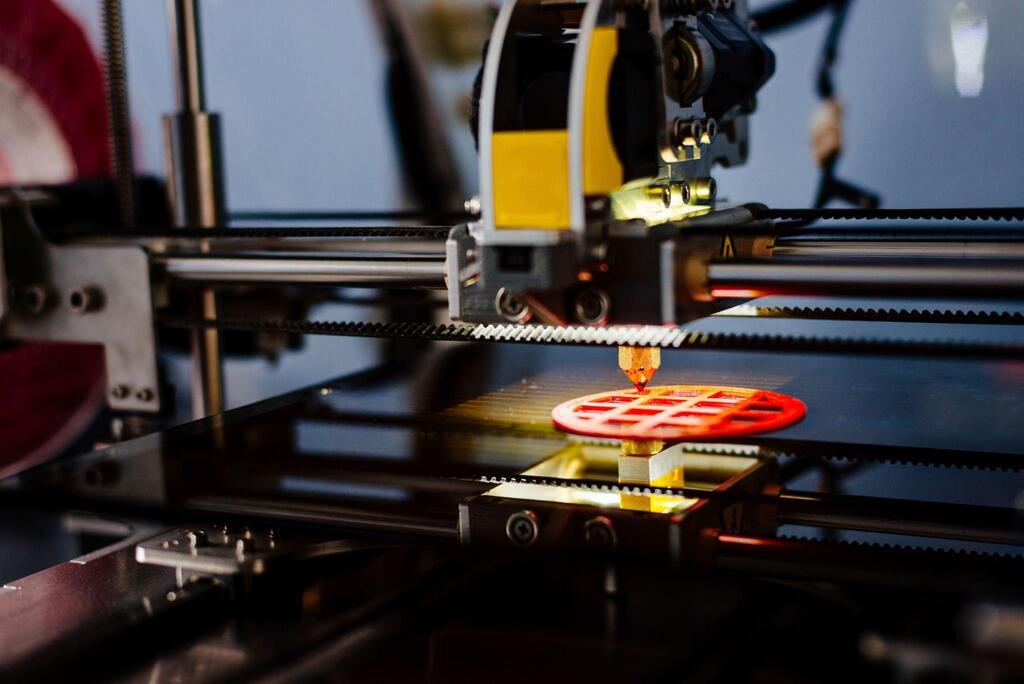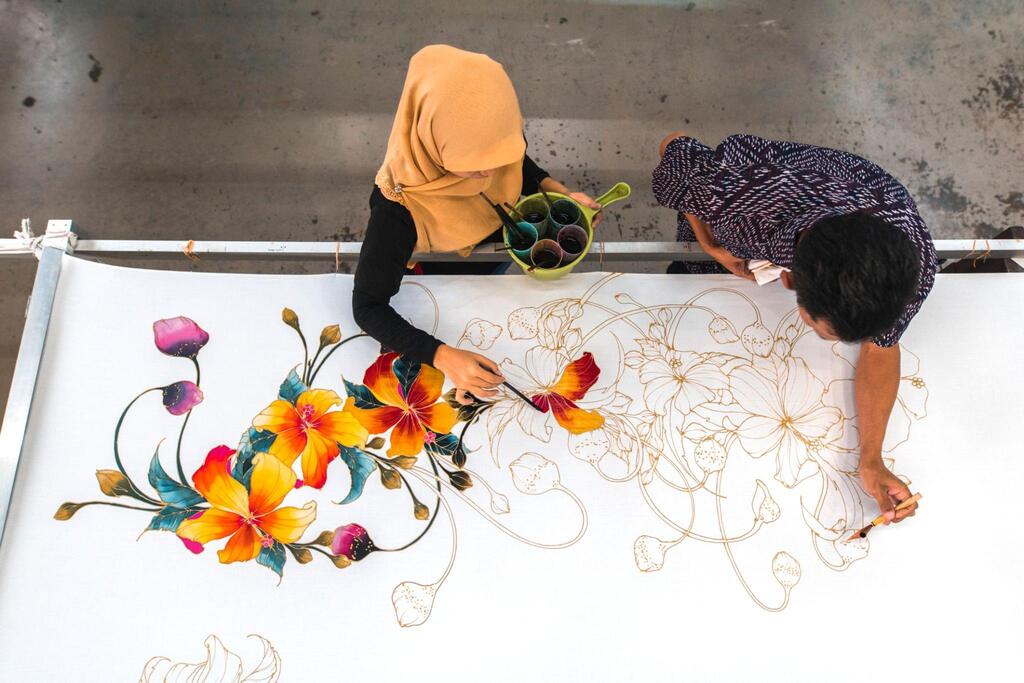The rhythmic dance of thread being woven, the delicate carving of wood and the intricate designs painted onto fabrics – traditional Malaysian handicrafts are a testament to the country’s rich cultural heritage. However, as modernization sweeps across the globe, these time-honored arts risk being lost to history. Enter the world of 3D printing in Malaysia, a technology poised to preserve and rejuvenate these ancient crafts for future generations.
Preserving Heritage with a Modern Touch
Traditional handicrafts, ranging from batik painting to songket weaving and wood carving, are more than just decorative pieces. They are stories, each thread or stroke narrating tales of Malaysian ancestors, traditions and values. Yet, with fewer artisans inheriting these skills, there’s a pressing need to preserve them. This is where 3D printing offers a glimmer of hope.
Many traditional artifacts, with time, show signs of wear and tear. 3D printing can play an important role in the restoration process. Damaged parts of an artifact can be scanned, recreated and replaced, ensuring that the original piece remains as close to its initial state as possible. This method is not only efficient but also maintains the integrity of the artifact.

By creating detailed digital scans of original handicrafts, we can generate a virtual archive, ensuring the designs, techniques and nuances are never forgotten. These digital models can then be reproduced using 3D printers, providing a tangible connection to the past. This method of preservation is non-invasive, ensuring the original artifact remains unharmed.
Replication: Combining Tradition with Technology
Once a digital model is created, the possibilities become endless. 3D printers can accurately replicate intricate designs of traditional crafts, down to the minutest detail. This not only allows for the mass production of certain artifacts but also introduces a new avenue for artists to experiment, innovate and evolve their craft while staying rooted in tradition.
Imagine a traditional ‘keris’ (a ceremonial dagger) with its sinuous blade and elaborately decorated hilt. Through 3D printing in Malaysia, artisans can experiment with new materials or tweak the design while ensuring the essence and significance of the kris remain intact.
Moreover, with 3D printing, replication isn’t limited by size or scale. Tiny jewelry pieces inspired by traditional motifs or larger than life art installations can be easily produced. These reproductions can be used in educational settings, museums, cultural exhibitions or even in homes, allowing more people to appreciate the beauty and significance of Malaysian handicrafts.

Supporting Local Artisans
While there may be concerns that 3D printing in Malaysia could overshadow or replace traditional artisans, it’s essential to view this technology as a tool rather than a replacement. By integrating 3D printing into the handicraft process, artisans can produce their creations faster and with a consistent quality. This ensures that they can meet the demands of a broader audience while still preserving the soul and essence of their craft.
Furthermore, with the cost of 3D printing becoming more affordable, local artisans can set up their own production units, giving them greater control over their creations and business. This fusion of the old and new can lead to a renaissance of traditional Malaysian handicrafts, ushering in an era where tradition meets modernity.
The digital nature of 3D printing models means that traditional Malaysian handicrafts can reach a global audience with ease. Artisans can share their designs with people worldwide, who can then print these artifacts in their own countries. This not only promotes Malaysian culture on a global scale but also opens up new markets for local artisans.
With the rise of digital platforms and communities centered around 3D printing, Malaysian artisans can collaborate with designers, enthusiasts, and experts from around the world. Such collaborations can lead to a fusion of design ideas, blending traditional Malaysian motifs with international aesthetics, leading to truly unique creations.
Educational Opportunities
The replication capabilities of 3D printing make it an excellent tool for educational purposes. Schools, colleges, and cultural institutions can have replicas of traditional artifacts, allowing students and visitors to interact with them directly, understanding their significance and construction. This hands-on approach can inspire a new generation to take an interest in their cultural heritage and perhaps even pursue a career in preserving it.

Looking Ahead: A Future Rooted in the Past
Embracing 3D printing to preserve and replicate traditional handicrafts is more than just about conservation. It’s a celebration of Malaysia’s rich tapestry of cultures, traditions and stories. By ensuring these crafts continue to thrive in the modern world, we are giving future generations a touchpoint to their heritage, a tangible link to their ancestors.
In conclusion, 3D printing in Malaysia offers a promising avenue to ensure that the stories, skills, and soul of traditional Malaysian handicrafts remain alive and vibrant. By intertwining modern technology with age old traditions, Malaysia can chart a future that’s innovative yet deeply rooted in its past.

